Basic information about the temple
| Moolavar: | Someswarar | Ambal / Thayar: | Somesundari, ThenarmozhiyaaL |
| Deity: | Siva | Historical name: | Tirukkudanthai KaaroNam |
| Vriksham: | Vilvam | Teertham: | Soma Teertham, Mahamaham Kulam |
| Agamam: | Age (years): | ||
| Timing: | 6.30 to 12.30 & 4 to 8.30 | Parikaram: | |
| Temple group: | Paadal Petra Sthalam (Kaveri Then Karai) | – | |
| Sung by: | Temple set: | ||
| Navagraham: | Nakshatram: | ||
| City / town: | Kumbakonam | District: | Thanjavur |
| Maps from (click): | Current location | Kumbakonam (2 km) | Mayiladuthurai (39 km) |
| Thanjavur (41 km) | Tiruvarur (42 km) |
Location
Sthala puranam and temple information
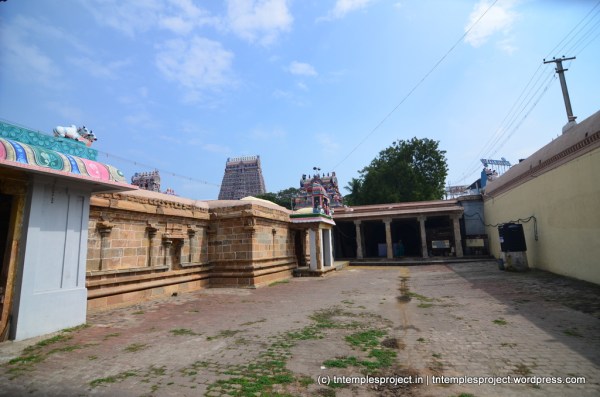
This is one of 12 temples directly associated with the origin of Kumbakonam and the Mahamaham festival. According to that puranam, Brahma put together the seeds of all living organisms and also the Vedas and Puranas, in a pot which came to be called the Amrita Kalasam (pot of nectar). Kumbham is the Sanskrit and Kudam the Tamil, for a pot of this type. This was decorated with various items like flowers, vilvam, auspicious cloth, chandanam (sandal paste), and sacred thread, a coconut was kept on top of it. The whole thing was tied together, similar to the kalasams we see today at domestic functions and in temples. The pot was kept on the top of mount Meru. When the pralayam began, it destroyed all creatures on earth. The Kumbham prepared by Brahma was also displaced, and floated on the flood waters for years and years. Finally, it settled at a spot (which is regarded as modern day Kumbakonam). Siva, in the guise of a hunter, broke open the kumbham with his bow and arrow. This is the place where the string tied around the pot (called uri or sikkam) fell. Some of the amritam in the pot spilled here and became the temple’s Teertham – the Chandra pushkarini, which has dried up over time. (Read the full story of the origin of Kumbakonam, and about the related Mahamaham festival.)
Chandran, also called Soma, worshipped Lord Siva here, and as a consequence, the moolavar deity here is called Someswarar.
The temple is also referred to as Kudanthai Karonam (Kudanthai referring to Kumbakonam, and Karonam from the following puranam). When the nine rivers (also known as the Nava Kannikas) came to Kumbakonam to take a holy dip in the Mahamaham tank, there was a lot of noise and confusion. Bewildered and afraid, Parvati embraced the Siva Lingam here. Kaya means body, and arohanam means embracing, and so Siva here became known as Kayarohaneswarar and the place became Kayarohaneswaram or Kayarohanam, which name has corrupted to Karonam over time. On the northern side of the Mahamaham tank is the Kasi Viswanathar temple, where the chief feature is a separate shrine for the Nava Kannikas.
There is another interpretation for the name Karonam being attached to this temple, which used to he a principal place of worship for the Pasupata sub-cult of Saivism. The Pasupata premise is to ascend to reach Siva’s feet with the devotee’s mortal body, and so Kaya-Arohanam could also be representative of this, where arohanam refers to ascending.
Parantaka Chola worshipped here in order to beget children, and as a consequence, Gandaraditya Chola (husband of Sembian Madevi) was born. Parantaka also installed a Lingam, which is worshipped as Chozheeswarar, today, in the prakaram.
There are three entrances to the temple, and each of them lead to Siva worshipped as a different deity in the temple. If one enters from the east (through the rajagopuram), the deities that are first worshipped are Maleesar (Mal = Vishnu; Maleesar is said to have been installed and worshipped by Lord Vishnu, in order to defeat the asuras) and Mangala Nayaki. Entering from the south (kattai gopuram) leads one to the shrines of Somanathar and Thenarmozhiammai, while entering from the north leads to the Someswarar and Somasundari shrines.

The temple is substantially Chola, with initial construction from the time of Parantaka Chola. Subsequent (but minimal) additions have been made by later kings, including the Nayaks. Kulothunga Chola III made several contributions to the temple, and these as well as others are recorded in the temple’s inscriptions. The frontage of this temple belies the beautiful temple and architecture inside, despite there being only one prakaram. It is possible this was a much bigger temple complex earlier.
Worshipping Vinayakar at this temple is believed to help unmarried people get married, and so is named Kalyana Vinayakar. Murugan is seen with footwear only on one foot, and on the day of Karthikai, devotees are blessed by placing a sadaari on their heads, which is typically a practice in Perumal temples. Natarajar here is called Kana Nattam Udayar, meaning that there is no loss (nattam or nashtam in Tamil) to devotees who do not worship Him, as long as the oversight was in error and not due to indifference.
Other information for your visit
The temple is adjacent to the Sarngapani Divya Desam temple on the northeast, and Adi Kumbeswarar temple is to its south. Given its central location in Kumbakonam, there are several temples of note and prominence within a very short distance.
Contact
Phone: 0435 2430349
Gallery
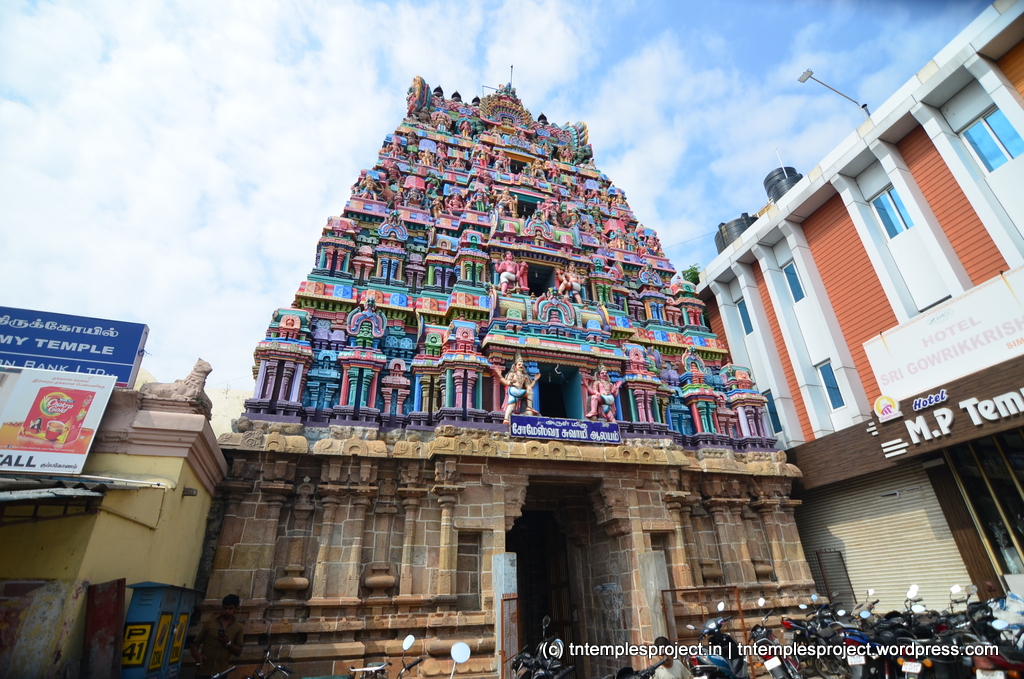
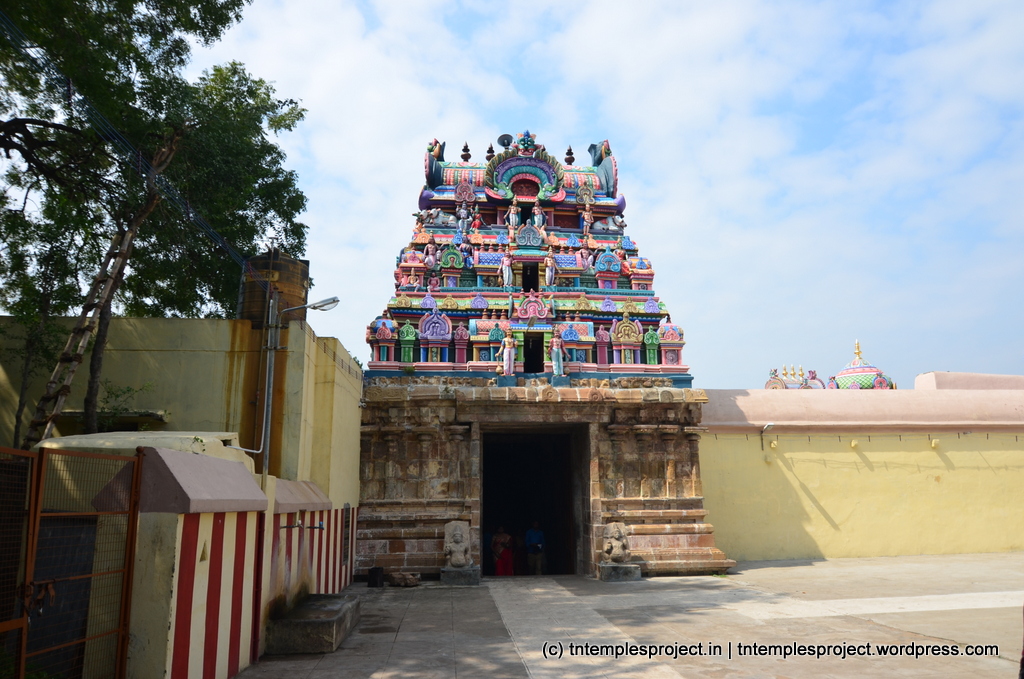
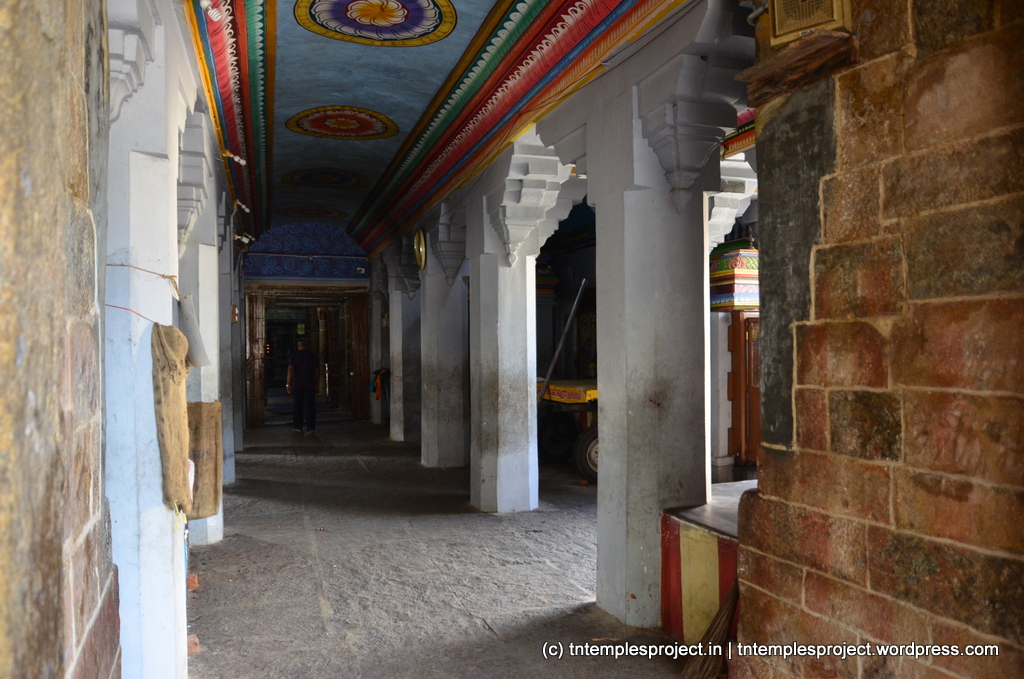

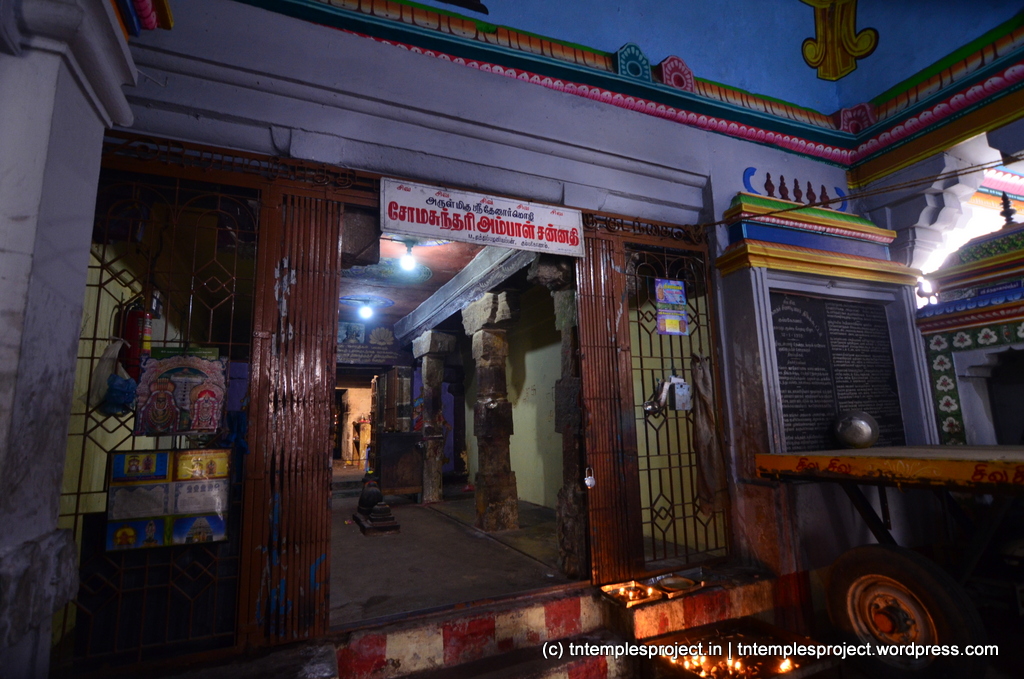

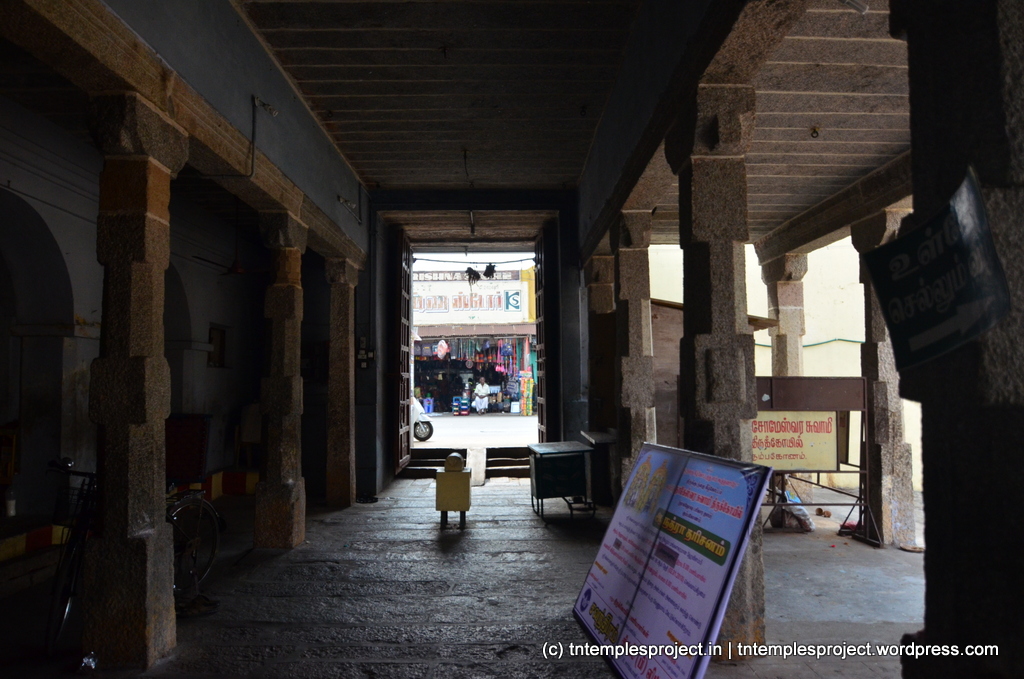
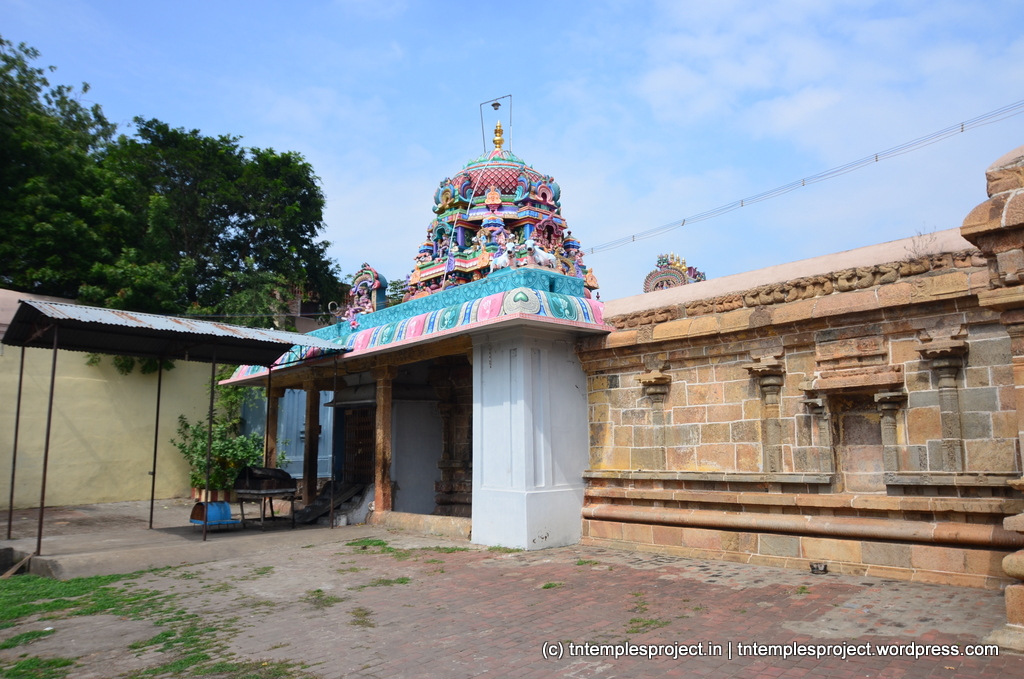
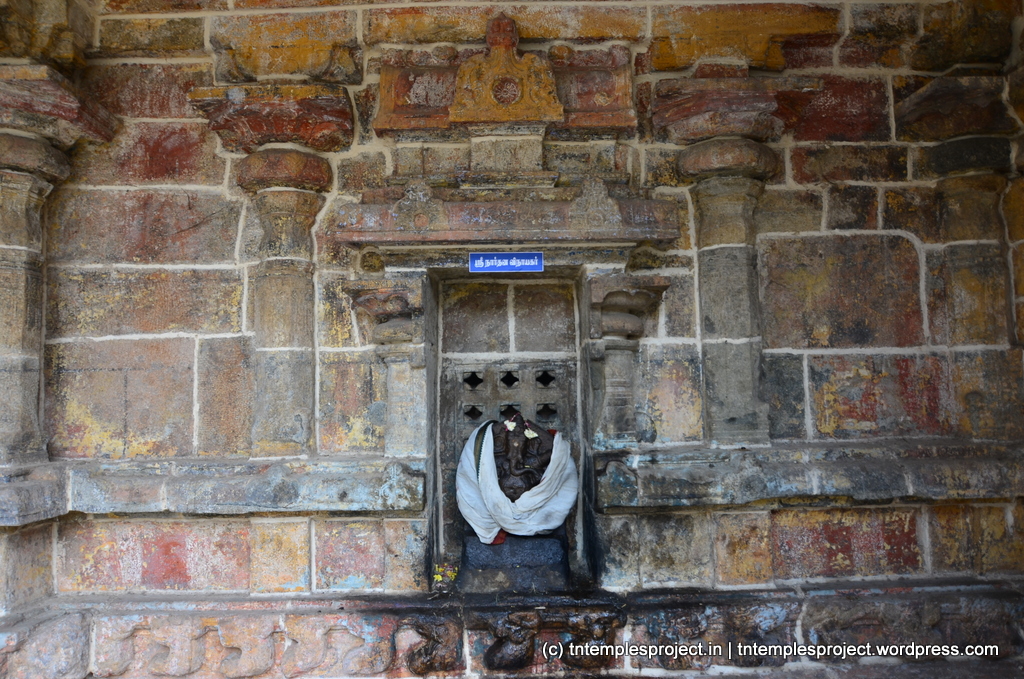
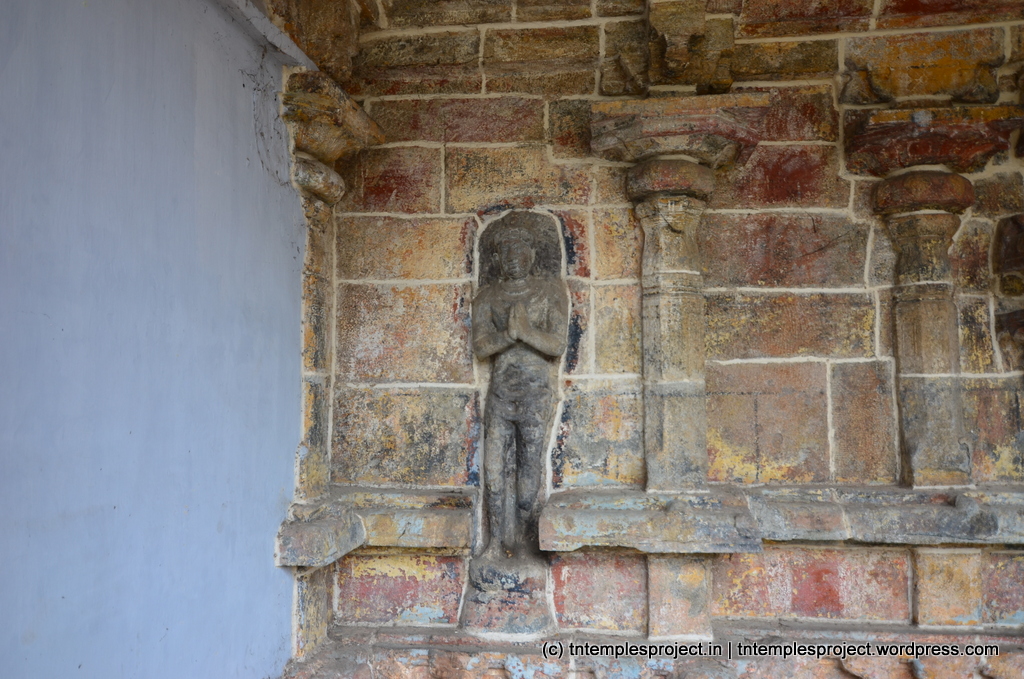
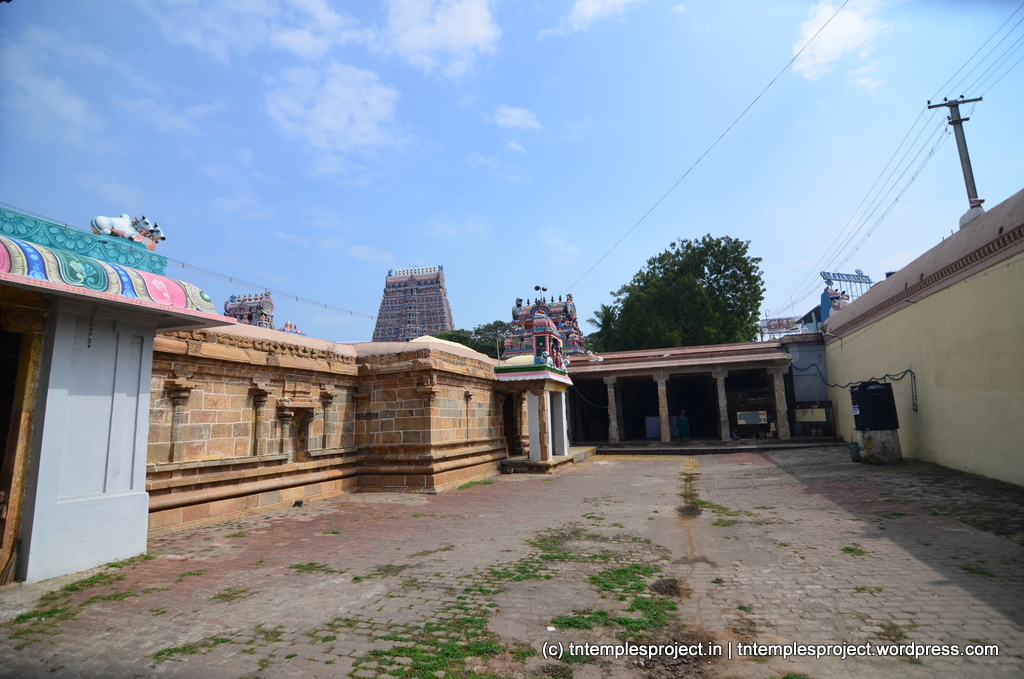
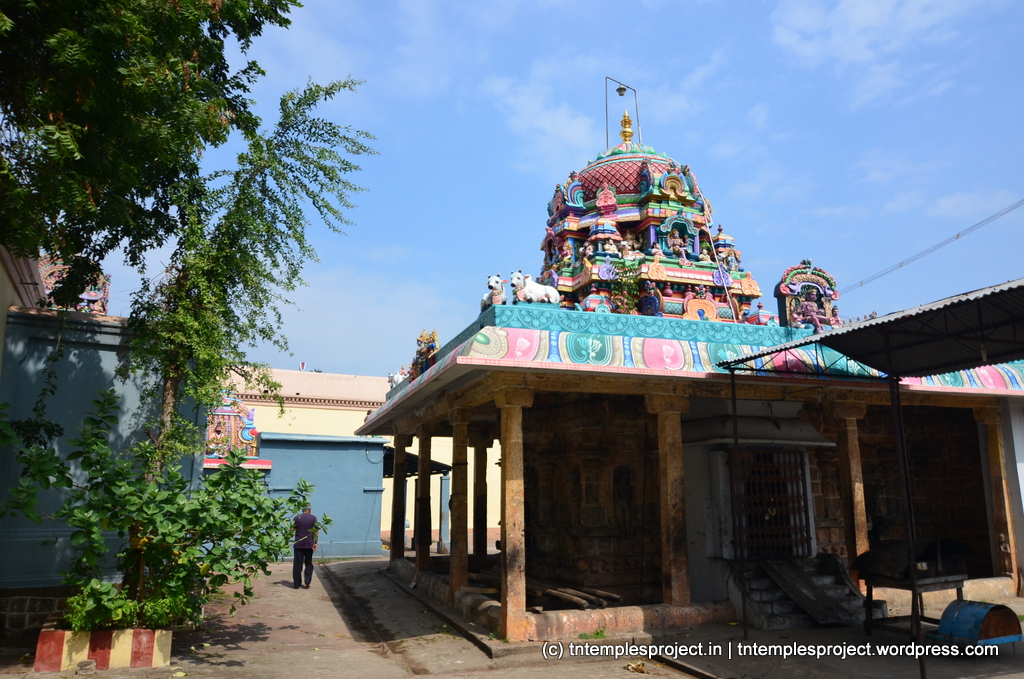

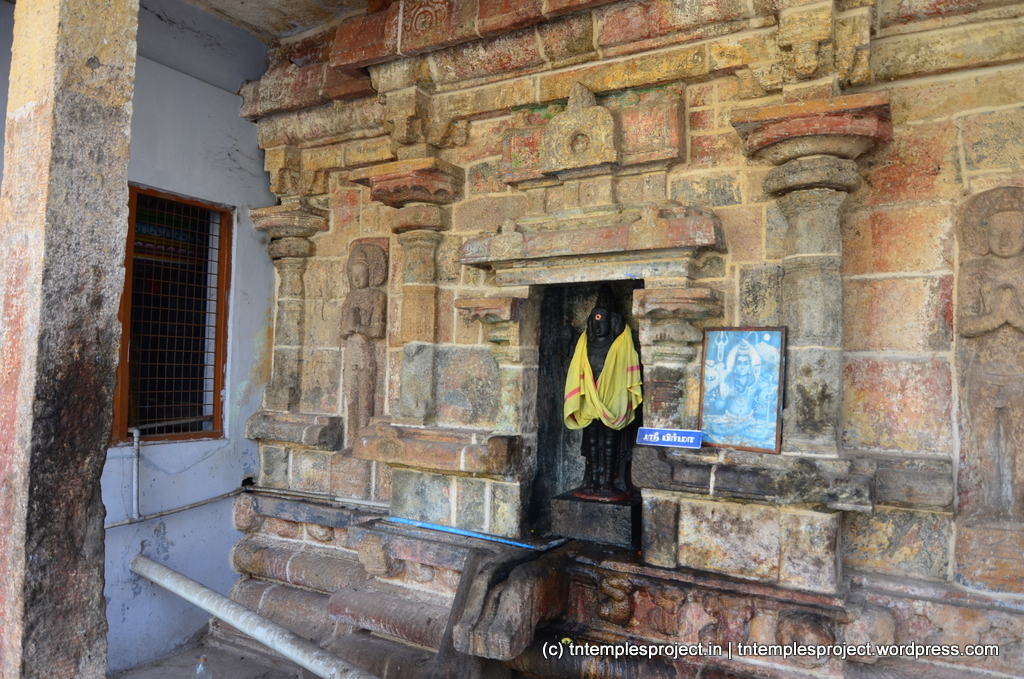
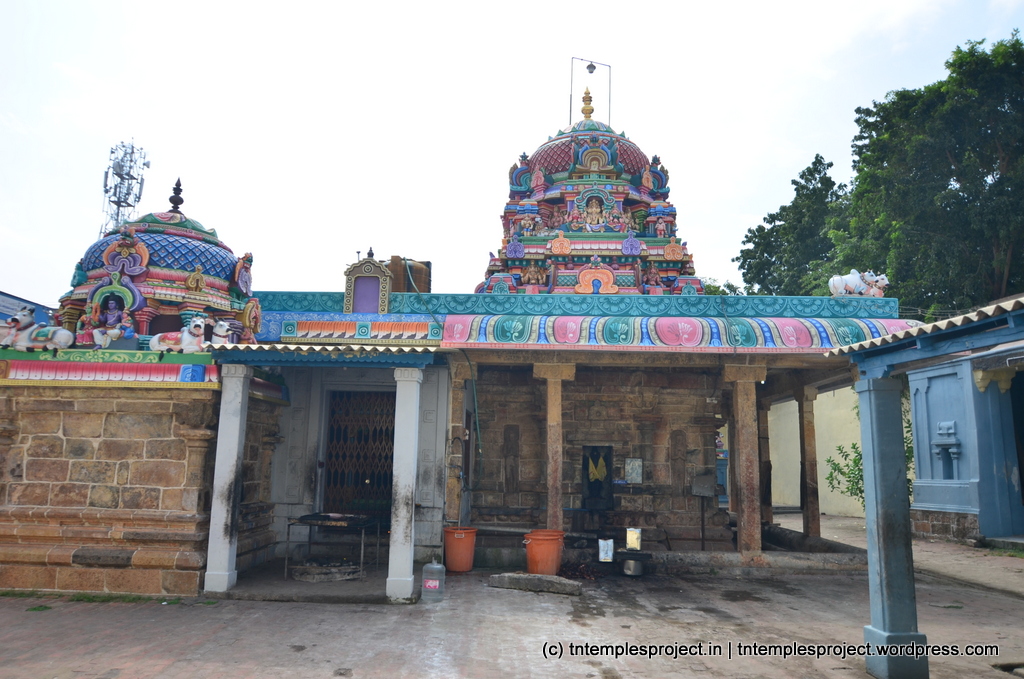

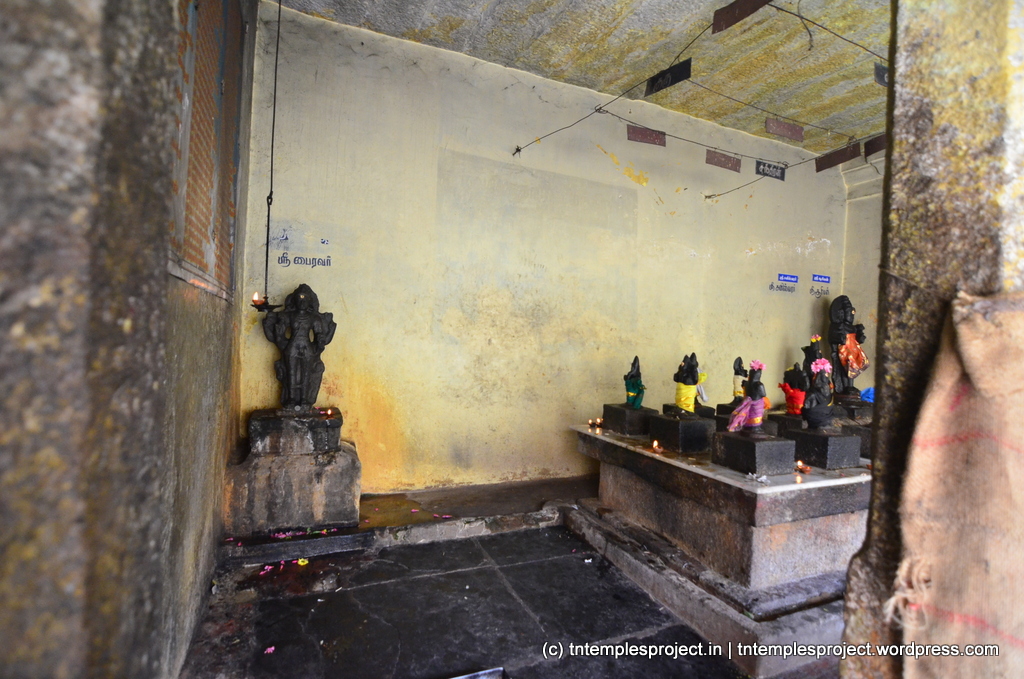
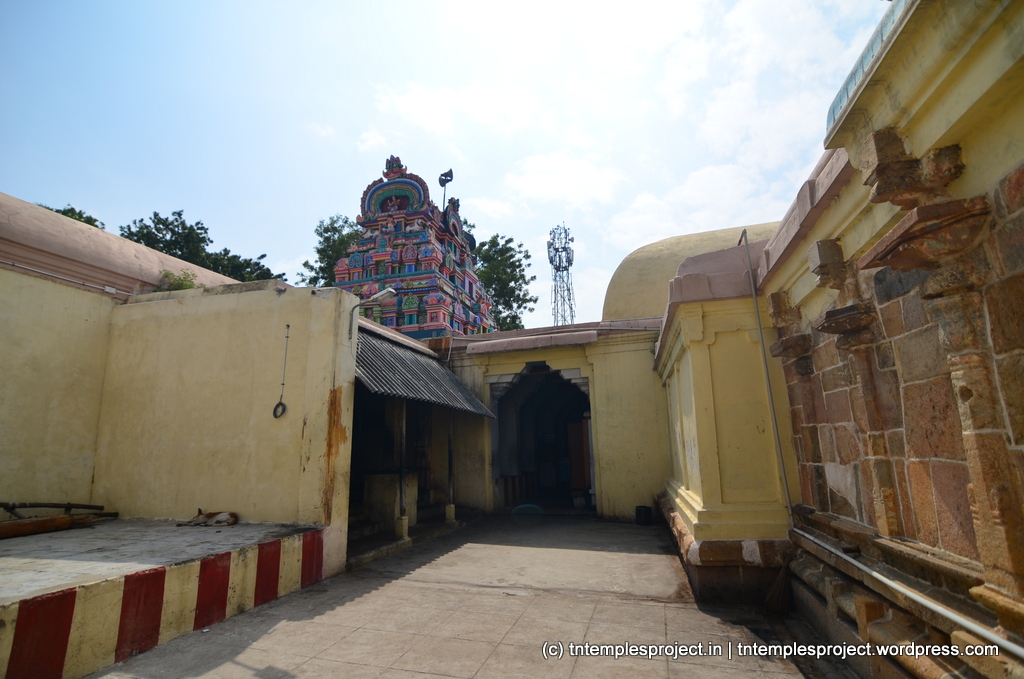
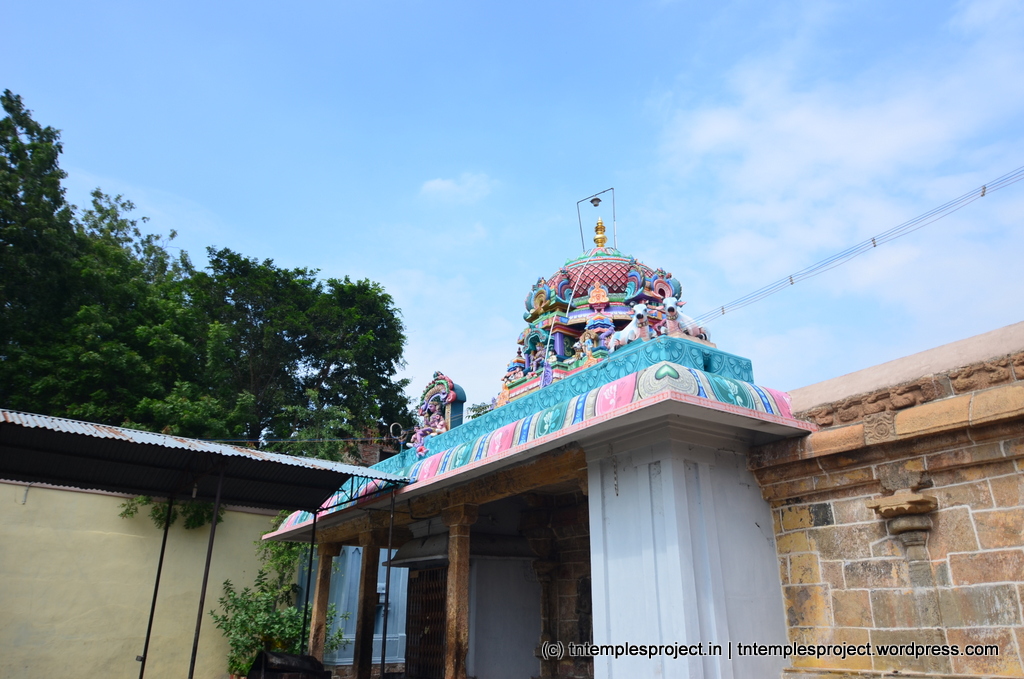
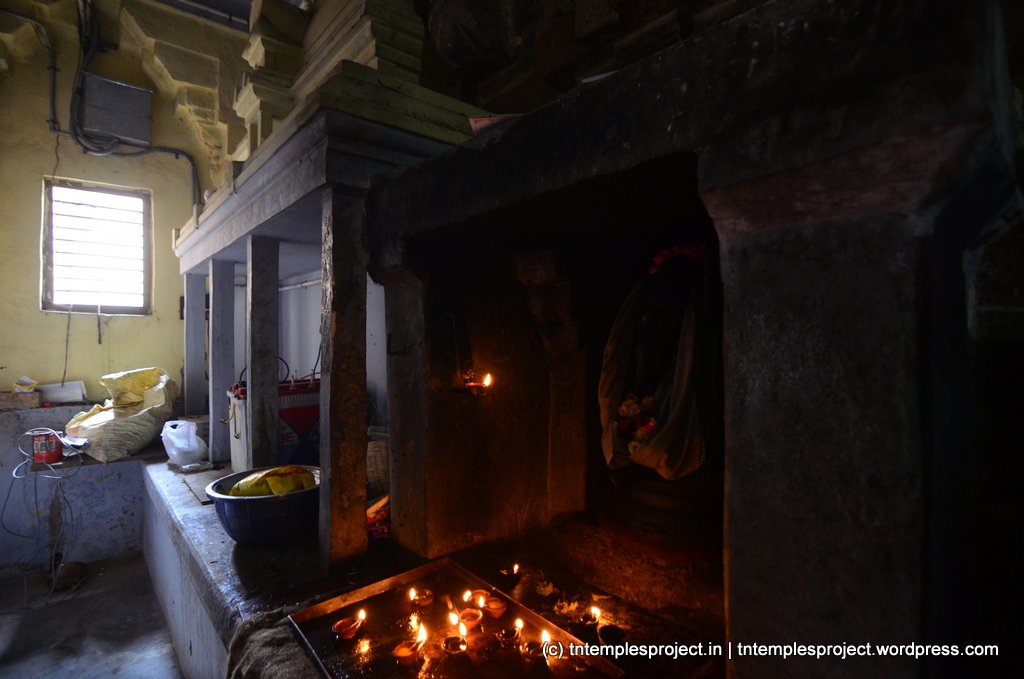
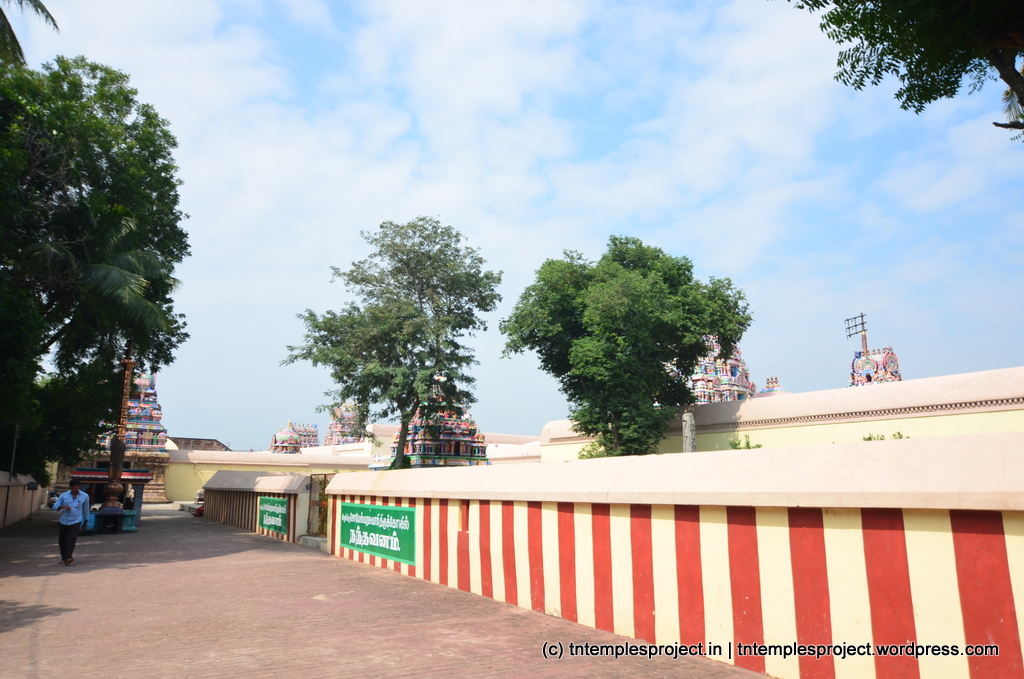

[…] Someswarar, Kumbakonam, Thanjavur […]
LikeLike